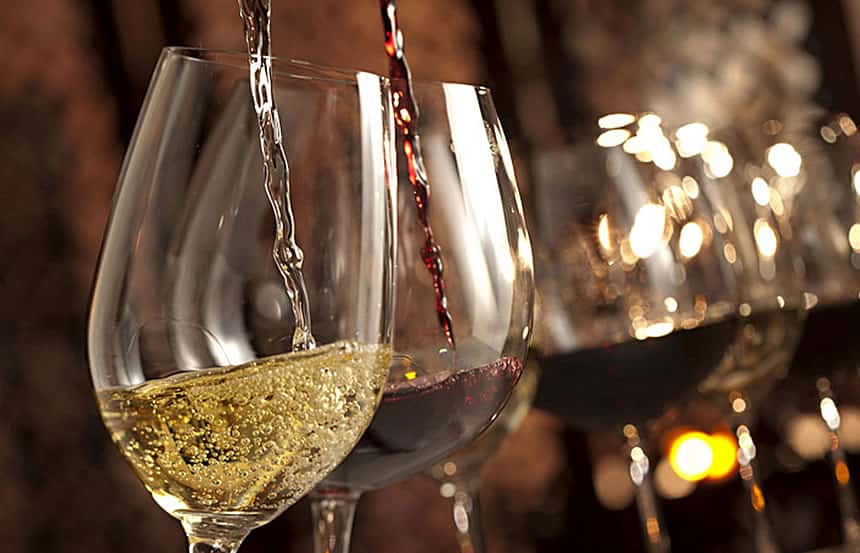The way of wine: from the vineyard to the table. As we had anticipated in the article The history of the very good Pisan wine, that of wine is a vast world and everything to be discovered.
In fact, in this article we will discover together what is hidden behind a simple glass of wine.
The tasting
The beauty of wine is that it offers a wide quality of flavors and smells, which allow everyone, even the least connoisseurs, to try their hand at trying to understand which scents are recognizable.
In oenology there are 12 different types of smells that can be recognized during tasting:
- FLORAL (acacia, hawthorn, rose, jasmine, daffodil).
- FRUIT (apricot, pineapple, banana, cherry, strawberry, pear, citrus).
- DRY FRUIT (almond, dried fig, dried plum, sultanas).
- VEGETABLE (grass, cut hay, mint, tobacco, herbal tea, musk).
- SPICE – AROMATIC (anise, cinnamon, fennel, clove, lavender).
- BALSAMIC (pine, incense, juniper).
- ANIMAL (fur, leather, sweat, game).
- EMPIREUMATICA (coffee, smoked, chocolate, caramel, toast).
- WOOD (odors from the wood in which it was stored).
- ETEREA (nail polish, wax, soap, dairy products).
- CHEMISTRY (vinegar, sulfur, medicine, disinfectant).
- OTHER FOODS (flour, bread crust, butter, cheese, beer).

Types of wine
The wines are divided into white wines, which can be young and fresh, and red wines, where they range from moderate aging to very young wines, that is, bottled for a short time.
Among the most important names in the Pisan hills that we can find in the wine bars, we find:
- Bianco pisano di San Torpè (a white wine, simple, to be preferred in the
tasting of the fish). - Chianti of the Pisan hills DOCG (red grapes are used and its color helps
to understand how long it has been bottled. A ruby red color indicates a young wine,
on the contrary, the amber color in says its
aging). - Hills of central Etruria (you can find both white wines and wines of
red or pinkish color).

From the vineyard to the table
The world of wine: from the vineyard to the table. What happens to the wine before we get to the table?
Let’s start with the vineyard, where rows of vines are made that between the months of May and June see the beginning of flowering.
Between July and August the grape grain takes on its color and begins to progressively mature.
This process is called Invaiatura.
Then the ripening process begins, which develops in September and leads to the most important phase, the harvest.
Once they arrive in the cellar, the grapes undergo a process called pigia-diraspatura, from which the must is obtained.
This is then transferred to vessels, where the phase of alcoholic fermentation begins.
During all this processing time, in which a series of different processes are carried out, the so-called transfer is also made, that is, the wine container is changed several times, to give greater clarity to the product.
The next step goes from the cellar …. to the bottle!
The wine, once bottled, must be placed in a dry place, away from light and heat sources.
A secret of the trade is that one of the best storage positions of the bottle is in a lying position, in this way the wine constantly wets the cap and in doing so allows the liquid to acquire a particular and precious golden color.
Ideal temperature to be served at the table is around 16-18 degrees and before being poured into the glass it needs to stay in the newly opened bottle for a few seconds, this allows you to give a good oxygenation to the wine and therefore to be more appreciated by those who will taste it.







